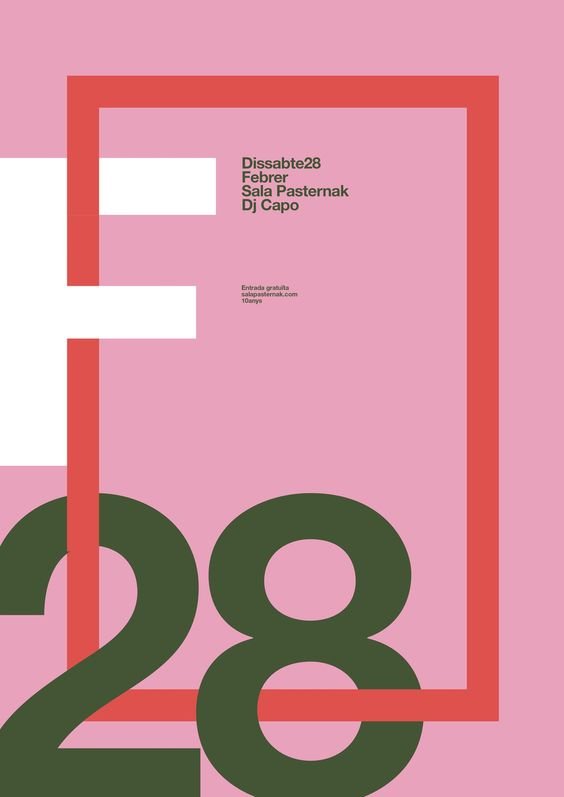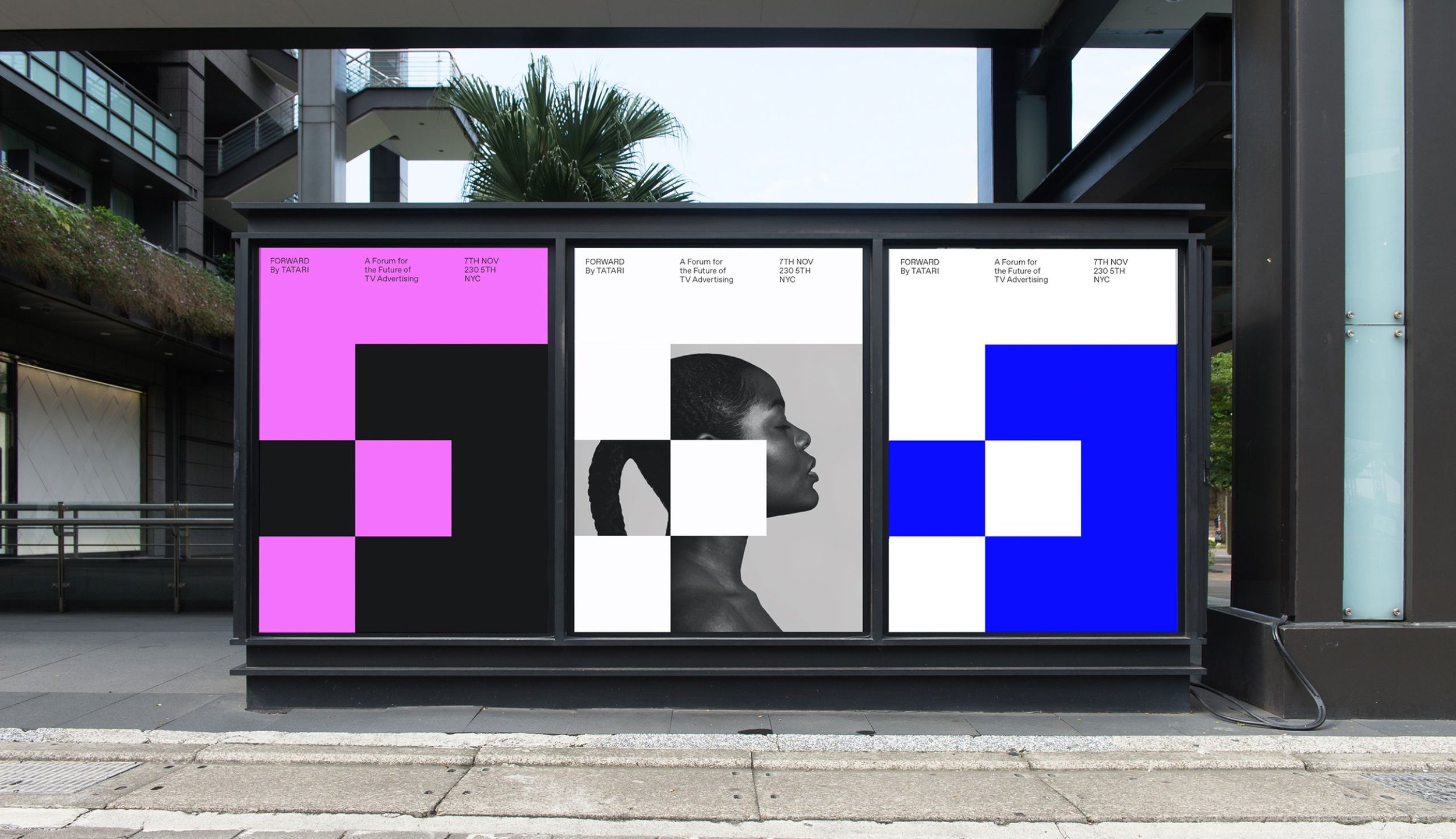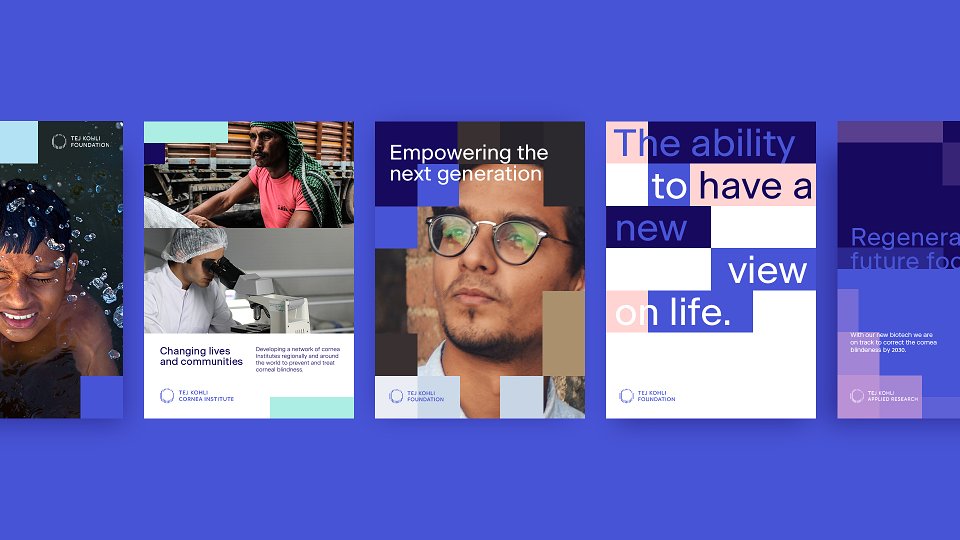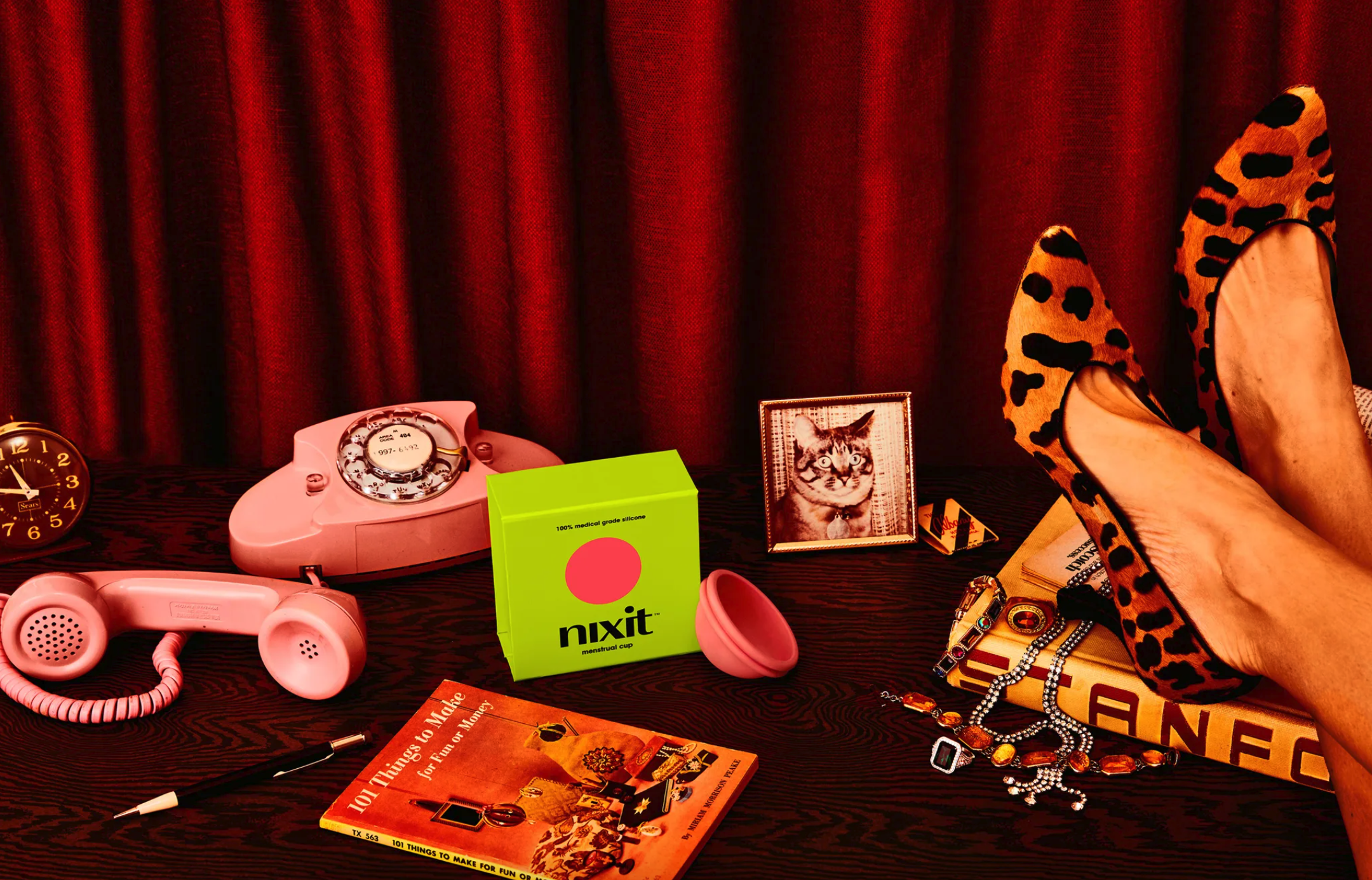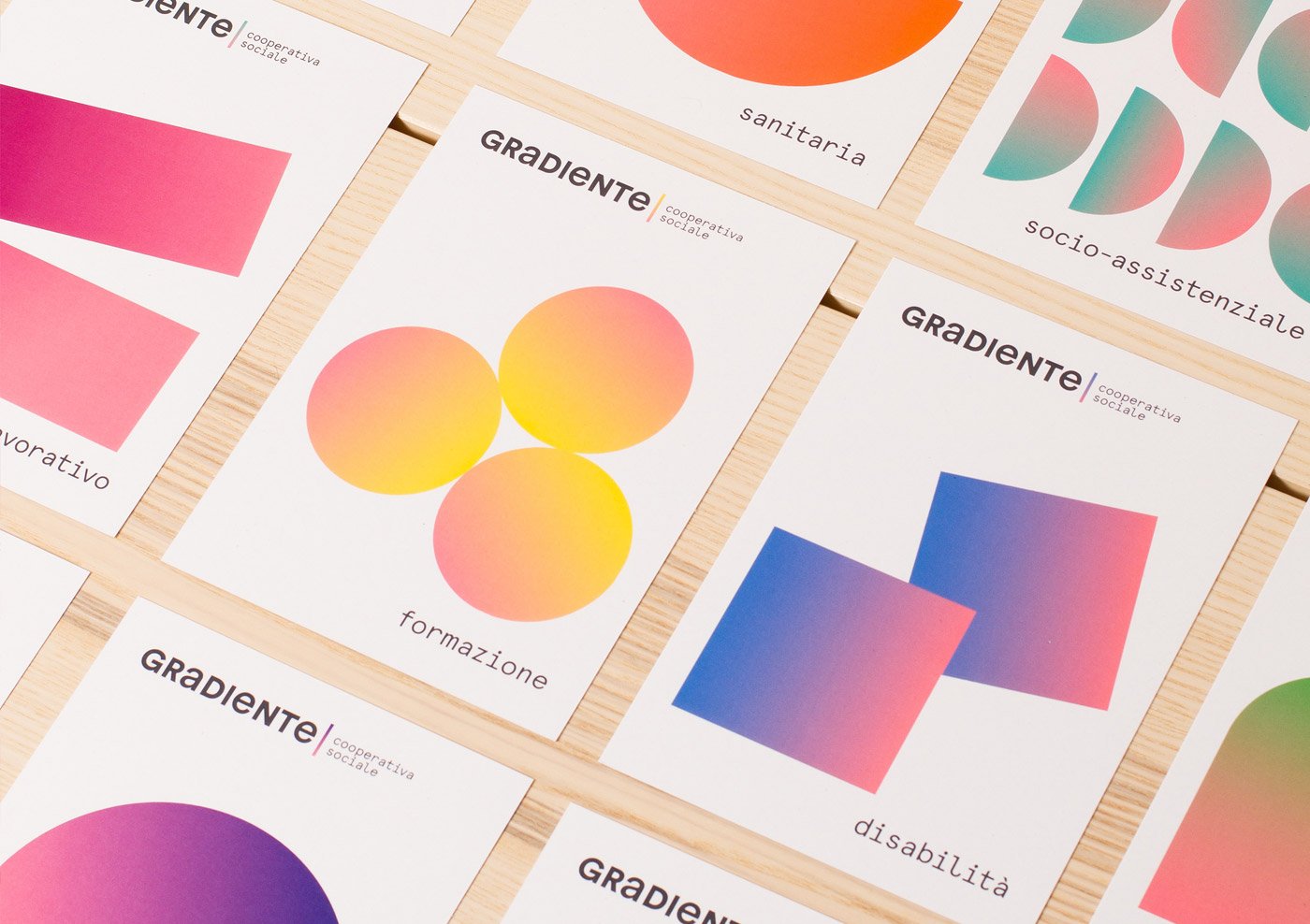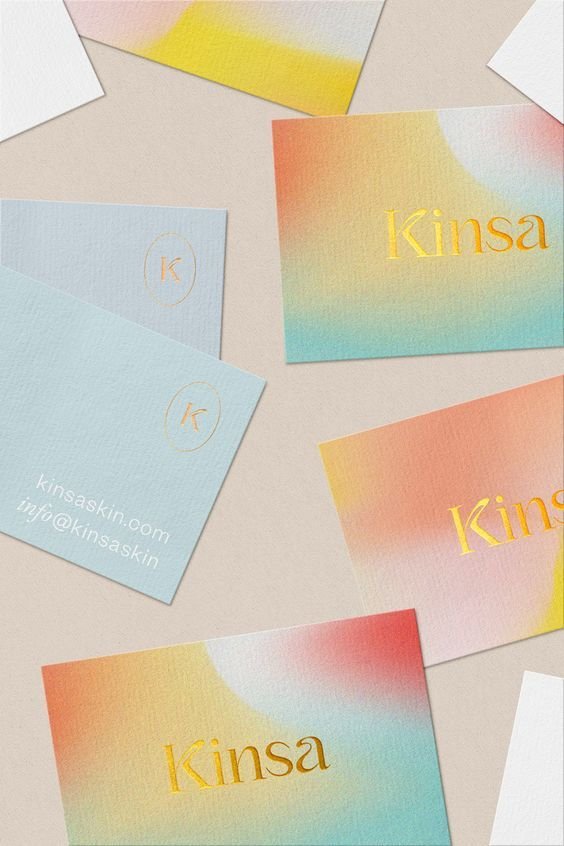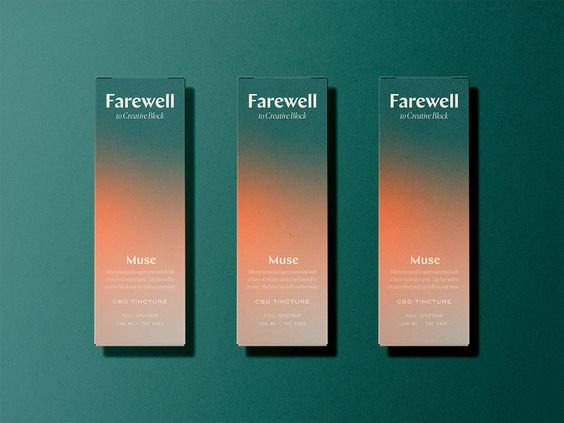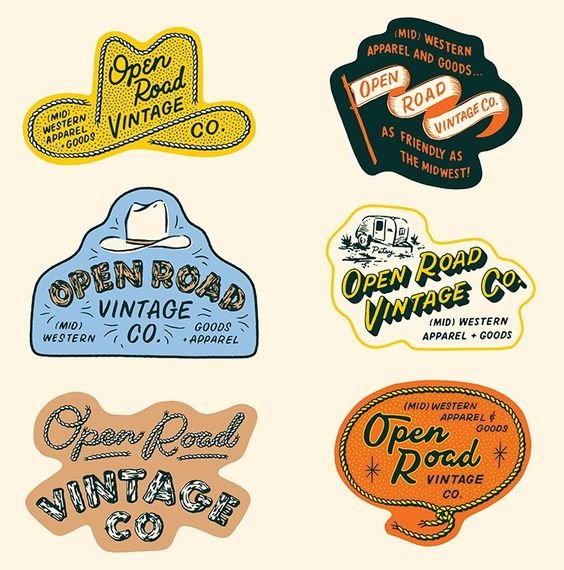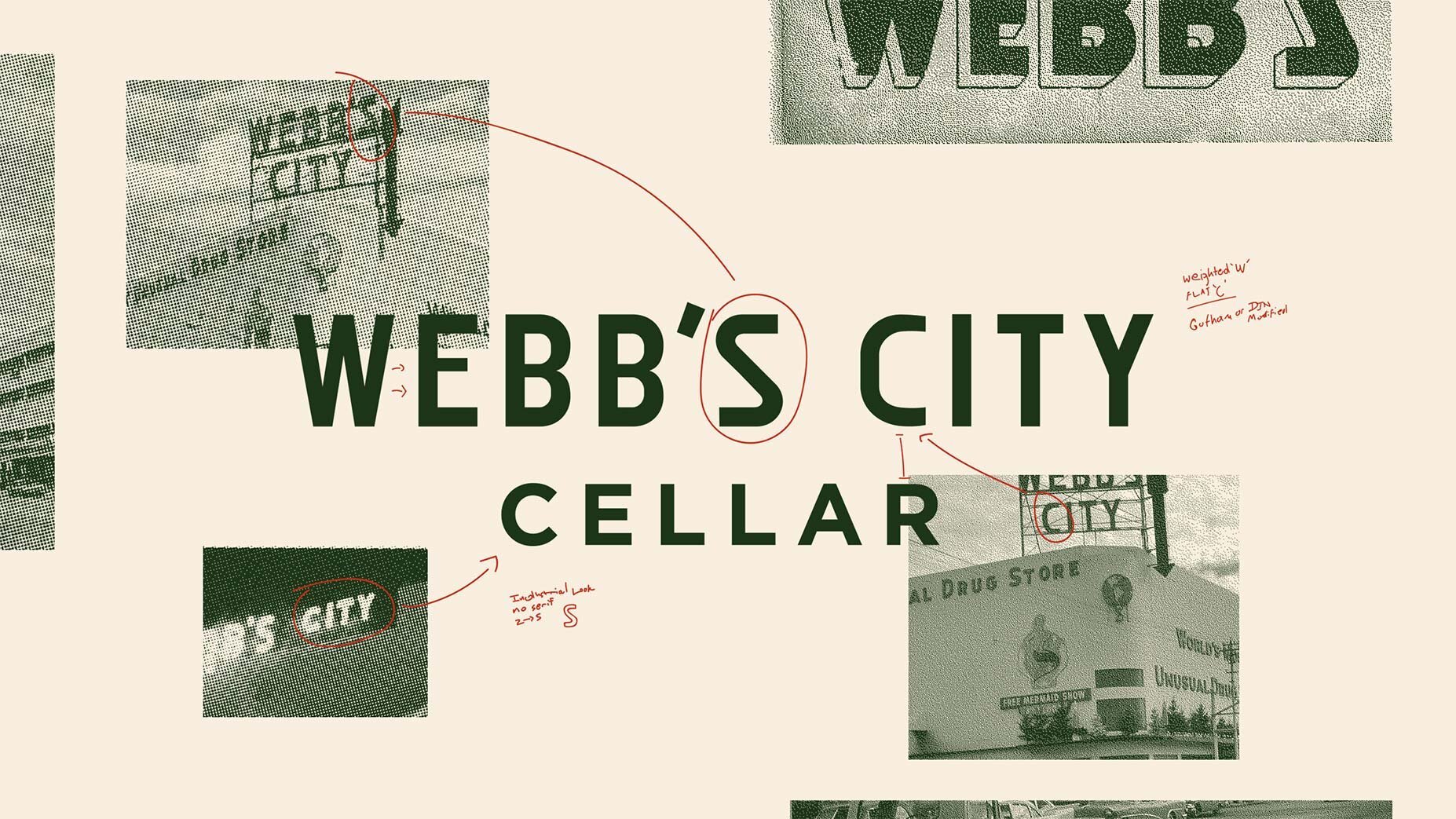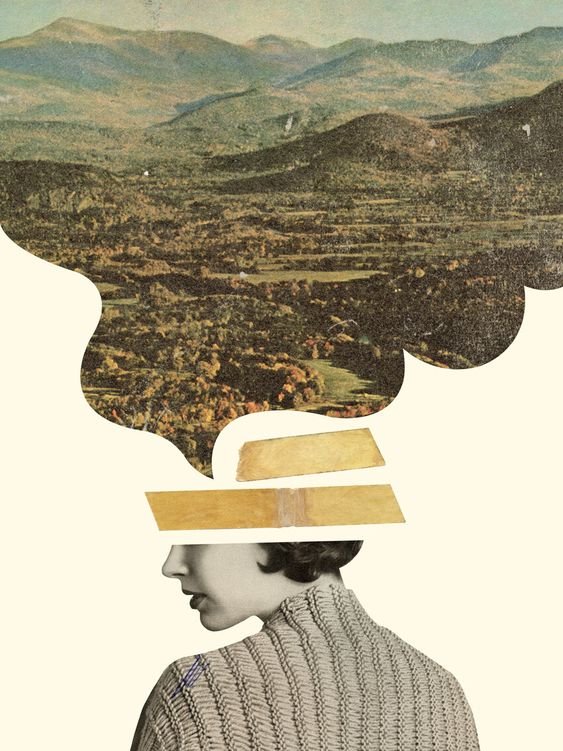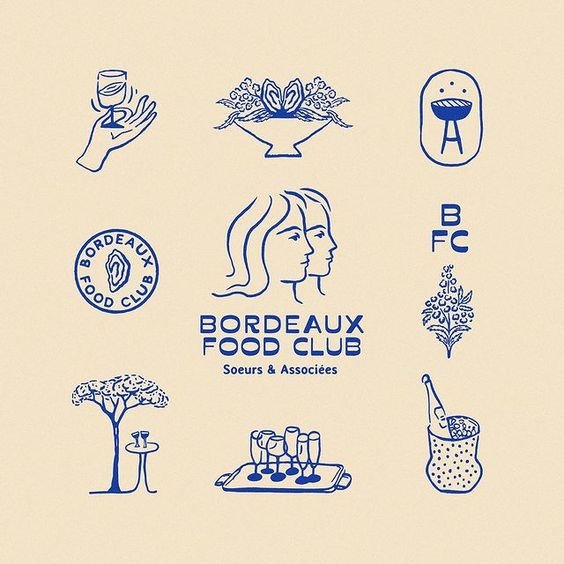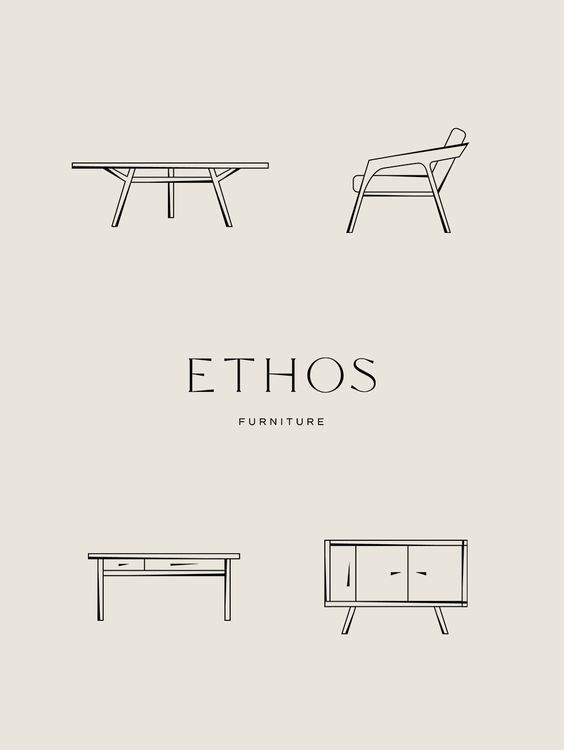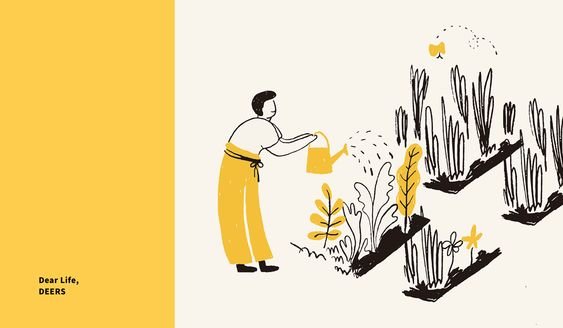2024 design trends we love
We’re only three days into 2024 but we’d be lying if we said we weren’t already excited with what this year has to offer for design trends. This year, we're seeing a fascinating mix of new and nostalgic elements in design. Trends like the return of natural materials and the rise of vibrant fluorescent colours are shaping how we approach creative projects. In this post we'll go through these trends, understanding how they can enhance and influence design in your business.
Number One
Natural Materials:
A trend focusing on natural aesthetics and a good cause. In our current climate, consumers are increasingly conscious about the brands they support and the impact their purchases have. This trend focuses on designs that have a deep connection to nature, emphasizing sustainability and using eco-conscious colour palettes and recycled materials. It’s about creating visuals that resonate with the serenity and authenticity of Mother Nature. Think: intentional packaging made from eco-friendly and recycled materials, using new materials in exciting ways such as bamboo or cannabis.
Number Two
Bold Minimalism
Trends are cyclical and it only makes sense that the bold, minimalist bauhaus style is back in the spotlight but with a modern twist. Continuing the "less is more" philosophy, this trend emphasizes functionality, clean lines, ample white space, and an uncluttered aesthetic. It values efficient communication through limited colour palettes, focused typography and bold shapes.
Number THREE
Pixels
This trend is a nod to a retro digital aesthetic, bringing back pixelated graphics reminiscent of early digital art and video games. It's an ode to nostalgia while integrating with modern design sensibilities. No longer just elements of old-school video games, pixels have evolved into a stylish option for various design areas, including web design, animations, illustrations, and overall brand identity. We love how they’ve been used as overlays or graphic frames to hold images.
Number Four
Fluorescent Colour Palettes
Last year people online made it clear they’re starting to get tired of the ‘sad beige aesthetic’ and are craving vivid, energetic colours that captivate and make a statement. This trend spans across web design, branding, and print, utilizing eye-catching colours like fluorescent yellow, blue, orange, and green. These vibrant hues are key to making designs pop, offering a fresh, contemporary feel. Embrace this trend by letting your designs boldly and vibrantly communicate, using colour to weave compelling visual narratives that resonate and linger in the viewer's memory. If your competitors are using muted colour palettes, adopting this trend early is guaranteed to make an impact and resonate with younger online audiences.
Number FIVE
Dreamy Grainy Gradients
Gaining popularity in 2023, grainy gradients are emerging as a standout graphic design trend that isn’t going away anytime soon. This dreamy style blends the classic appeal of gradients with a textured, grainy effect - creating a rich visual experience that is both tactile and visually engaging. It's a perfect blend of depth and simplicity, offering a unique way to add character and warmth to designs. Whether used in web design, branding, or print, this new take on gradients adds a dreamy and ethereal aesthetic, making it an ideal choice for businesses looking to express creativity, technology or a modern, contemporary aesthetic.
Number SIX
A New Take on Vintage
Vinage-inspired design has always been a trend and that won’t be going away anytime soon however, where we are getting our inspiration from is changing. You won’t be seeing as many monoline illustrations or art deco patterns in 2024 but you can expect to see more inspiration being pulled from the 1980’s and the 1990’s. We’re talking condensed 90’s serif fonts, chunky geometric san-serifs, nostalgic hues of orange and brown, grainy photographic textures, imperfect but charming halftone printing, and rubber hose cartoon-like characters. It reflects a yearning for the ‘good old days’ and embodying a handcrafted, detail-oriented ethos, the vintage design trend in 2024 reconnects us with the simplicity and authenticity of earlier times.
Number Seven
Code and AI Generated Art
Probably the most exciting yet unexpected trend that is slowly emerging is the innovative use of code as a creative medium. This approach, known as Generative Art, yields dynamic and captivating visuals that continually evolve. It can be tailored to each project, whether drawing from specific data sets or random elements. 2023 saw the rise of AI tools like Midjourney, DALL·E, Leonardo, and Adobe Firefly. It's a testament to the endless possibilities of design, where art meets technology in a harmonious blend and will only become more powerful in 2024.
Number Eight
Textures and Collages
In a digital world where most graphics appear flat or one dimensional, people are craving the tactile feel of textures. Blurring the line between Art and Design, designers are now experimenting with layered images, shapes, and textures to craft visually stimulating compositions. This style is a great way to infuse the luxe and charm of contemporary art with graphic design and allows brand designers to create pieces that truly make early adopters of the trend stand out in their industry. With huge brands like Starbucks already incorporating textures in their marketing, we can expect to see this blow up in 2024.
Number Nine
Brand Doodles and Illustrations
This trend in graphic design marks a shift away from generic stock imagery and generic icons, and moves towards personalized, unique illustrations that embody a brand's values and personality that embraces a unique form of storytelling. From rough sketched, doodled icons to characters in little cities, these custom illustrations forge a genuine connection with audiences and are flexible for use across various platforms, including websites, social media, packaging, and advertising. This approach enhances the brand's visual identity with creativity and authenticity.
Number Ten
Pantone Colour of the Year: Peach Fuzz
Move over Barbie - there is a new hue in town. 2023 saw everything displayed in the bright Mattel fuschia but this year things are slightly more delicate, soft and muted. Pantone announced the colour of the year in early December - Peach fuzz they describe as “a heartfelt peach hue bringing a feeling of kindness and tenderness, communicating a message of caring and sharing, community and collaboration”. We love the warmth and softness associated with this colour and already seeing it being used on product design, packaging and in the beauty industry. Due to the frequent changes and fleeing trendiness of the Pantone Colour of the Year, we suggest avoiding them for permanent applications like visual branding, but depending on your existing colour palette Peach Fuzz can be incorporated by your brand in fun ways such as product design, packaging, interior design and social media.
Bonus
Design Trends that Have Moved On
With the start of a new year and the excitement of what we’re expecting in the future, it also makes sense to reflect on trends that we’ve moved on from and wouldn’t recommend incorporating into your business now. Fonts, colours and aesthetics have meaning, and over time things can become diluted or the overuse turns them into cliches…and frankly boring. Please note that this is our professional opinion as brand designers and strategists who see hundreds of brands, graphics and logos daily. If you currently use any of these in your business, love them and they speak to your audience then keep doing what works best for you!
Crafty script fonts or skinny letters: If you’d use it with a Cricut, you probably shouldn’t use it for your branding.
Canva logos using script fonts, circles, gold embellishments, or watercolour backgrounds: After several years, these logo templates are all incredibly overused and unfortunately risk making your business look unprofessional and unmemorable.
Organic-shaped blobs or terrazzo patterns: These patterns became very popular in 2018-2020 as a part of a boho visual branding aesthetic. While they aren’t awful or offensive, they’re just a byproduct of a design style that was too trendy at the time and there’s a more modern take we’d use today to achieve a similar aesthetic.
Generic stock photos: Brand photography is such an important component of your business, and the longer the internet has been around, chances are the same stock photos have been seen time and time again. Not only that, bad stock photos are a big cliche. If you can’t afford a brand photoshoot, a designer can help curate stock photos that fit your brand’s messaging and aesthetic.
Impersonal vector people illustrations: Now titled “Corporate Memphis” This trend hit hard and fast from 2017-2020. Companies adopted the aesthetic immediately and stock photography was swapped for these vector people illustrations. The goal of these illustrations was to communicate a humanized, people-first approach but unfortunately, the overuse of them did the opposite and they’re now seen as cliche, generic and cold. We absolutely love illustrations for branding and they’re still extremely popular. Working with an illustrator or designer ensures that your business has customized graphics that actually speak to your audience and communicate your message without cliches.
We hope you feel inspired and ready to embrace these fresh, innovative styles. Remember, design trends are a springboard for inspiration and they don’t mean you should reinvent the wheel or rebrand just to follow them. If these trends have sparked your creativity and you're considering incorporating them into your projects, don't hesitate to reach out to us. We're here to help bring your visions to life, blending these exciting trends with your unique brand identity. Contact us to start a conversation about how we can transform your ideas into reality.
Post inspired by this article. Please note project images in this post are not works of Kind Design Studio and credit has been given to the original designers.





